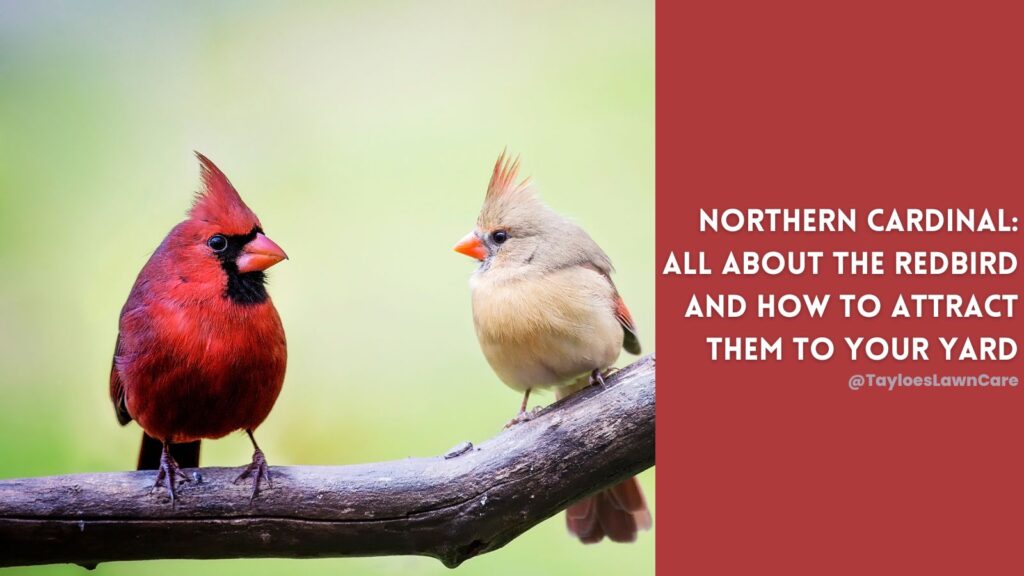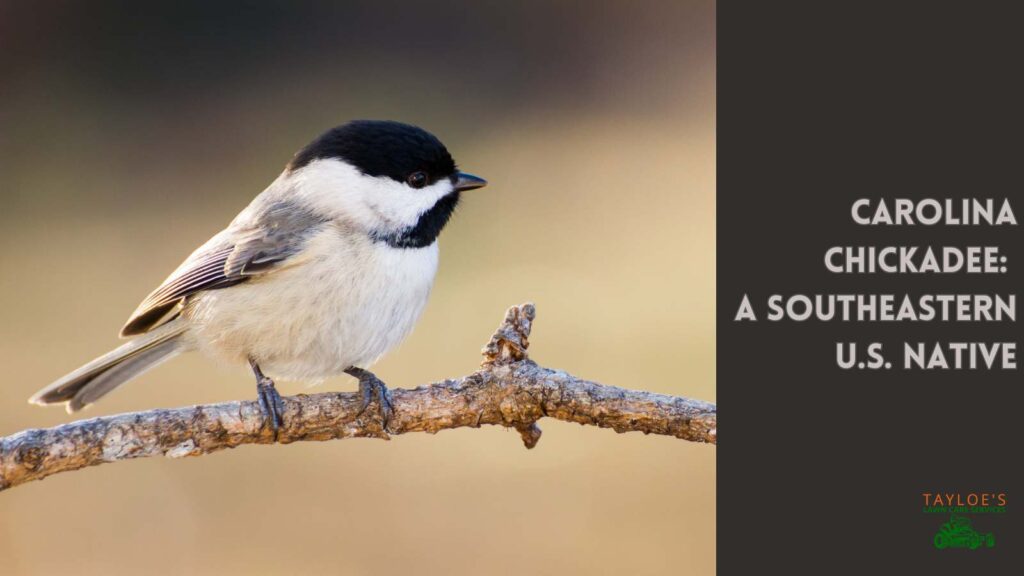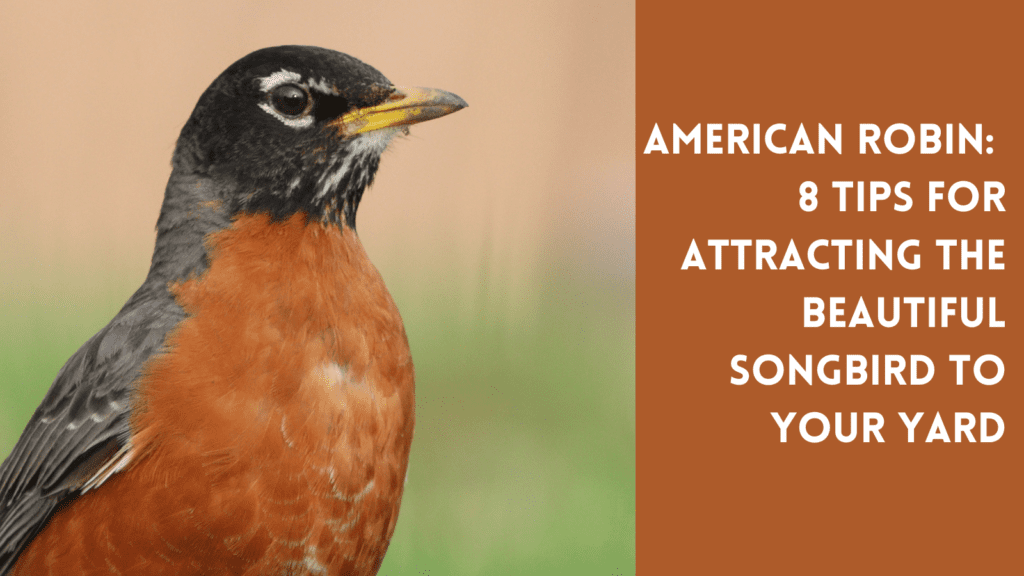Last Updated on: 29th January 2024, 01:54 pm
Eastern bluebirds are among your garden’s first arrivals in the early spring.
The Eastern Bluebird (Sialia sialis) is a beloved bird species that enchants birdwatchers across North America. With its vibrant blue plumage, cheerful song, and charming personality, the Eastern Bluebird is a true symbol of beauty and grace in the avian world.
This article will explore the fascinating characteristics, habitat, life cycle, and conservation efforts. It will also give tips for attracting and observing these delightful creatures.
Description and Identification of the Eastern Bluebird:
The Eastern Bluebird is a small thrush known for its striking appearance. The males flaunt brilliant blue feathers on their back, wings, and tail, which captivate the eye. The females sport a more subdued plumage with soft blue, gray, and brown tones. Both sexes have reddish-brown breasts and a white belly, adding to their overall charm. Identifying the Eastern Bluebird is relatively easy due to its unique coloration, size (around 6 to 7 inches in length), and distinctive shape.

Habitat and Range:
Eastern Bluebirds prefer open woodlands, meadows, orchards, and rural areas with scattered trees. They are found throughout North America, ranging from the Atlantic Coast to the Great Plains and from southern Canada to the Gulf of Mexico. Their habitat preferences make them a delightful sight in many North American settings, including suburban gardens and parks.
Life Cycle and Behavior:
Breeding season for Eastern Bluebirds typically begins in early spring. Mated pairs work together to build nests in tree cavities, bird boxes, or abandoned woodpecker holes. These skilled architects create cozy nests using grass, leaves, and feathers. The female lays a clutch of four to seven pale blue eggs and incubates them for about two weeks. Both parents actively care for their young, providing a steady supply of insects, berries, and fruits. Once the chicks fledge, they rely on their parents for food for several weeks. Eastern Bluebirds have the most charming behavior. In fact, you might glimpse them perching on fence posts or wires and swooping down to catch insects in mid-air.
Conservation Efforts and Challenges:
Eastern Bluebirds faced a decline in population due to habitat loss and competition from non-native species. However, dedicated conservation efforts and initiatives have helped restore their numbers. One successful method is the installation of bluebird nesting boxes, which mimic natural cavities and provide safe breeding sites. Many individuals and organizations have participated in these conservation endeavors. Thus, each contributes to the revival of Eastern Bluebird populations.

Tips for Attracting and Observing the Eastern Bluebird:
- Create a Suitable Habitat: To attract Eastern Bluebirds to your yard, it’s essential to provide a suitable habitat that meets their needs. Planting native trees and shrubs that produce berries is a great way to offer a valuable food source. Consider species like dogwood, serviceberry, elderberry, or viburnum. These provide nourishment and attract insects for the bluebirds to feed on. Creating a diverse landscape with open spaces and perching spots will make your yard more enticing to these delightful birds.
- Install Bluebird Nest Boxes: Eastern Bluebirds are cavity nesters. So, providing them with suitable nesting spots can increase their chances of choosing your yard as their home. Install bluebird nest boxes explicitly designed for their needs. Mount the boxes on poles with predator guards to protect against squirrels, snakes, and other potential threats. It’s essential to face the entrance hole away from prevailing winds and towards open areas. That’s because bluebirds prefer locations with clear flight paths.
- Offer Supplemental Food: While Eastern Bluebirds primarily feed on insects, offering supplemental food can be a helpful way to attract them. Consider providing mealworms in a shallow dish or feeder. Mealworms are a favored food source for bluebirds, especially during the breeding season when they need high-protein diets for their growing chicks. Additionally, suet feeders containing high-quality suet cakes can attract bluebirds, especially during colder months when insects are scarce.
- Maintain a Safe Distance: When observing Eastern Bluebirds, it’s crucial to maintain a safe distance to avoid disturbing them or causing stress. Use binoculars or a camera with a telephoto lens to observe them from a distance. This allows you to appreciate their behavior and beauty without intruding on their space. Respect their natural behavior and avoid approaching their nesting areas too closely. That’s because you could disrupt their breeding activities.
- Provide Fresh Water: Like all birds, Eastern Bluebirds need access to fresh water for drinking and bathing. Consider adding a birdbath or a shallow water feature to your yard. Keep the water clean and change it regularly to prevent bacteria buildup. Providing a water source can be an additional draw for bluebirds, as it enhances the overall appeal of your yard as a welcoming habitat.
By implementing these tips, you can create an inviting environment for Eastern Bluebirds and increase your chances of enjoying their presence in your yard. Remember to be patient. Of course, it’s only natural that it takes some time for them to discover and feel comfortable in their new habitat. The reward of observing these stunning birds up close will be well worth the effort and wait.

The Takeaway: The Eastern Bluebird Is a Lovely Feathered Friend to Attract to Your Yard
The Eastern Bluebird’s vibrant colors, delightful song, and endearing personality make it a beloved bird species in North America. We can appreciate and protect these beautiful creatures by understanding their habitat, life cycle, and conservation needs. Whether attracting them to our gardens or observing them in the wild, encountering Eastern Bluebirds is a true delight that connects us with the wonders of nature.
Did you enjoy learning more about the sweet little Eastern Bluebird? If so, please follow Tayloe’s Lawn Care Service, LLC on Facebook. We often share gardening, outdoor living, and landscaping ideas on social media.
Author Profile

- Deborah Tayloe is the CEO and co-founder of Tayloe's Lawn Care Services, LLC. She has a B.S.Ed and holds certificates in soil and water management and herbology from accredited programs.
Latest entries
 Trees and ShrubsApril 22, 2025Boxwood Blight: Early identification and isolation
Trees and ShrubsApril 22, 2025Boxwood Blight: Early identification and isolation Flower GardenApril 8, 2025John F. Kennedy Rose: Hybrid tea rose with elegant white blooms
Flower GardenApril 8, 2025John F. Kennedy Rose: Hybrid tea rose with elegant white blooms Vegetable GardenMarch 24, 2025Trellis vegetables provide an abundant vertical garden harvest
Vegetable GardenMarch 24, 2025Trellis vegetables provide an abundant vertical garden harvest GardeningMarch 17, 2025Are coffee grounds good for compost?
GardeningMarch 17, 2025Are coffee grounds good for compost?





